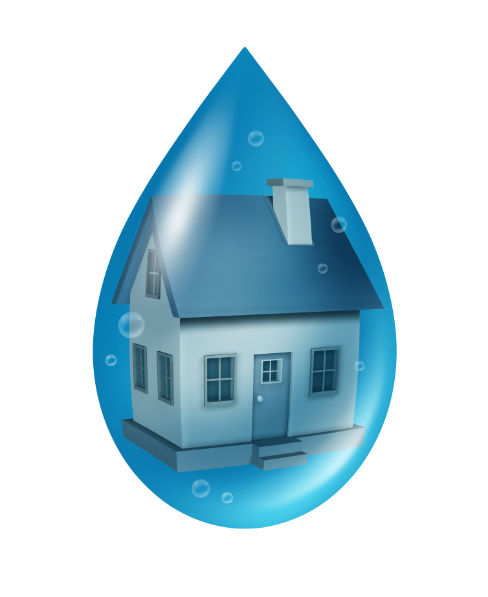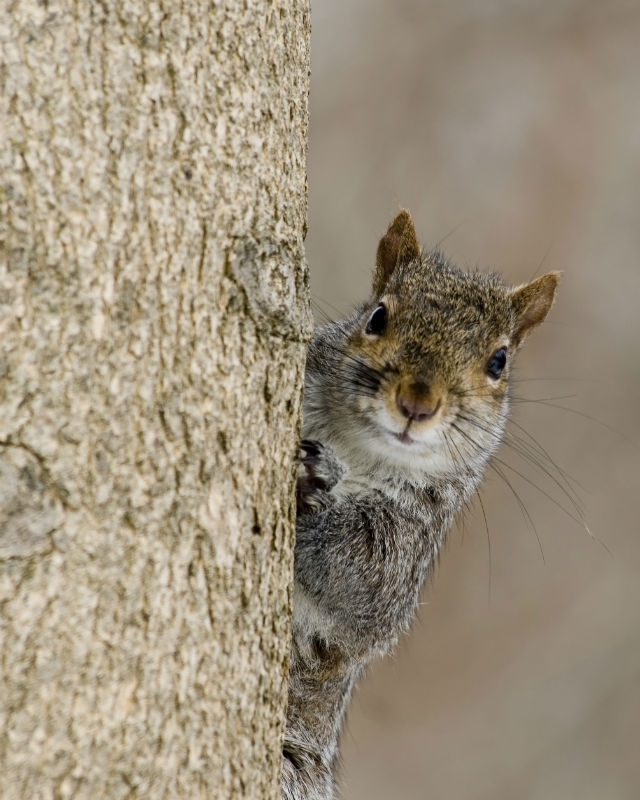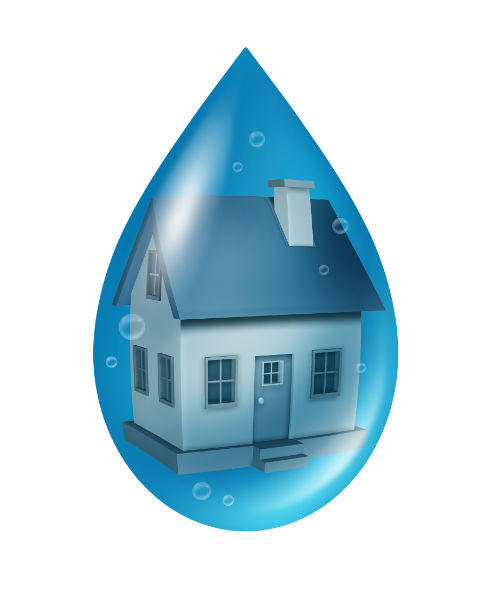
by Renee Brigman | Dec 22, 2016 | Chimney Maintenance
Keeping It Dry If you are the proud owners of any kind of fireplace you probably are already aware of the need for regular service whether it is inspections or cleanings in order to keep risk levels as low as possible. It is recommended by all recognized authorities...

by Renee Brigman | Jul 6, 2016 | Animal Removal Part 2
Is there something ALIVE stuck in my chimney? It could be an animal (such as a squirrel or a bird) that has fallen down the chimney and cannot get out. Squirrels If you hear a squirrel scuttling around in your chimney, it is likely that it is trapped unless you have...
by Renee Brigman | Jul 16, 2014 | Chimney Maintenance
Chimneys sure are high, but they are not necessarily dry. As one of Upstate South Carolina’s premier chimney service companies, those of us at Blue Sky Chimney Sweeps see water as your chimney’s biggest adversary. Unfortunately, it’s not at all difficult for water to...

by Renee Brigman | Dec 31, 2013 | Chimney Maintenance
We certainly get some interesting weather in South Carolina—hurricane leftovers, rain, and humidity among them. If you’ve got a masonry chimney, it’s going to be especially susceptible to water, since it’s made of porous materials. You can avoid costly repairs by...
by Renee Brigman | Oct 14, 2013 | Uncategorized
Keeping It Dry If you own a fireplace or chimney then you already know that there are many steps you must take to prevent your wood-burning heating system from falling into disrepair. It is critical to get your chimney inspected and swept every season to prevent...




